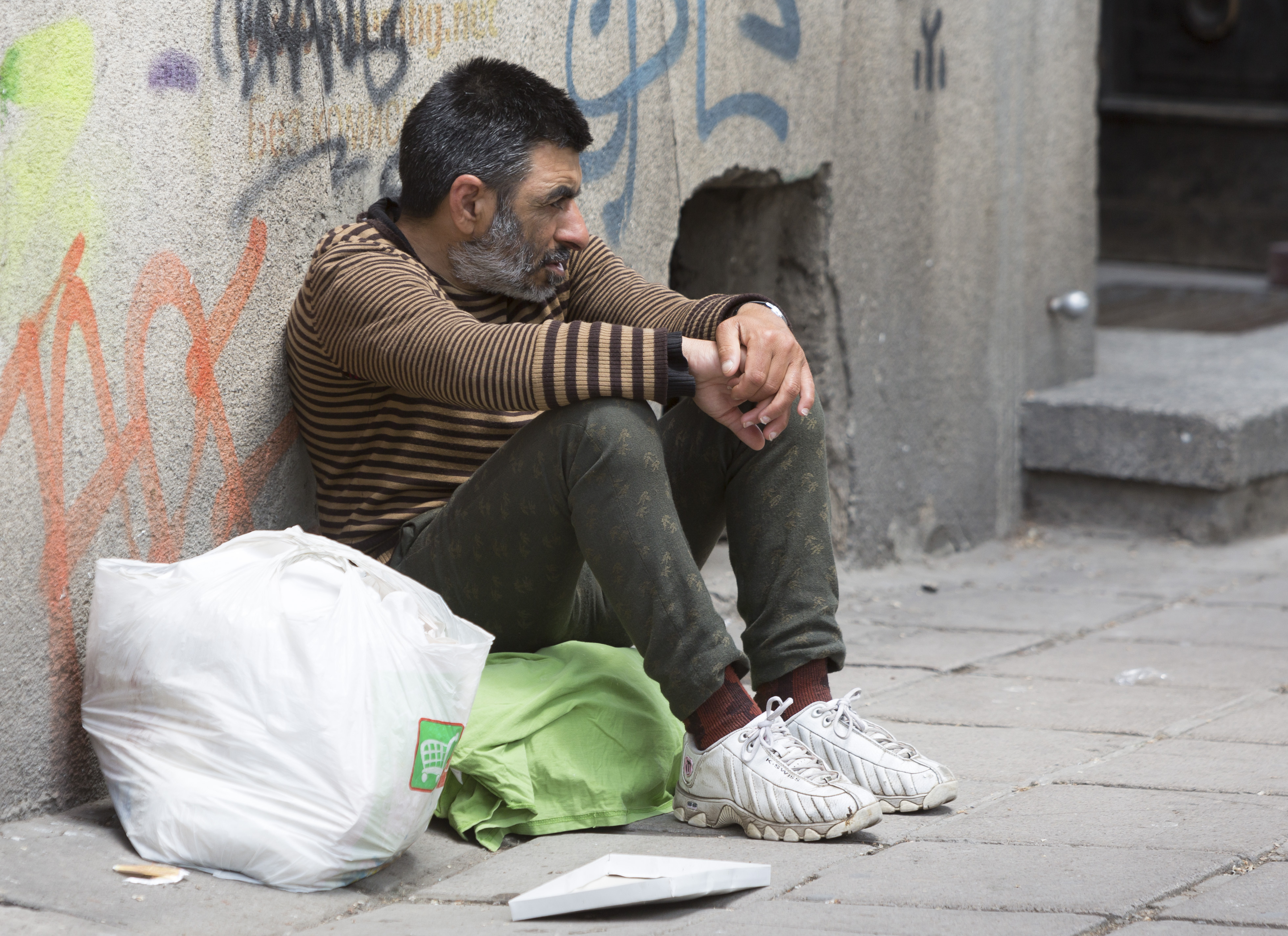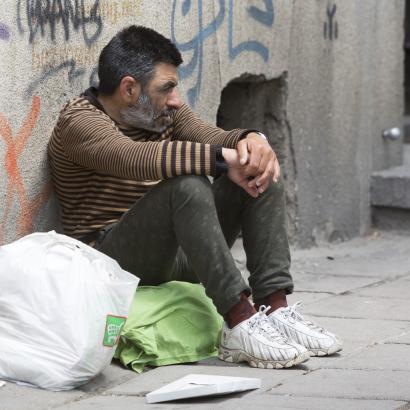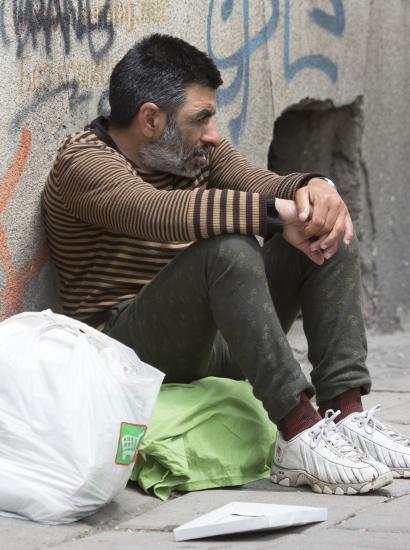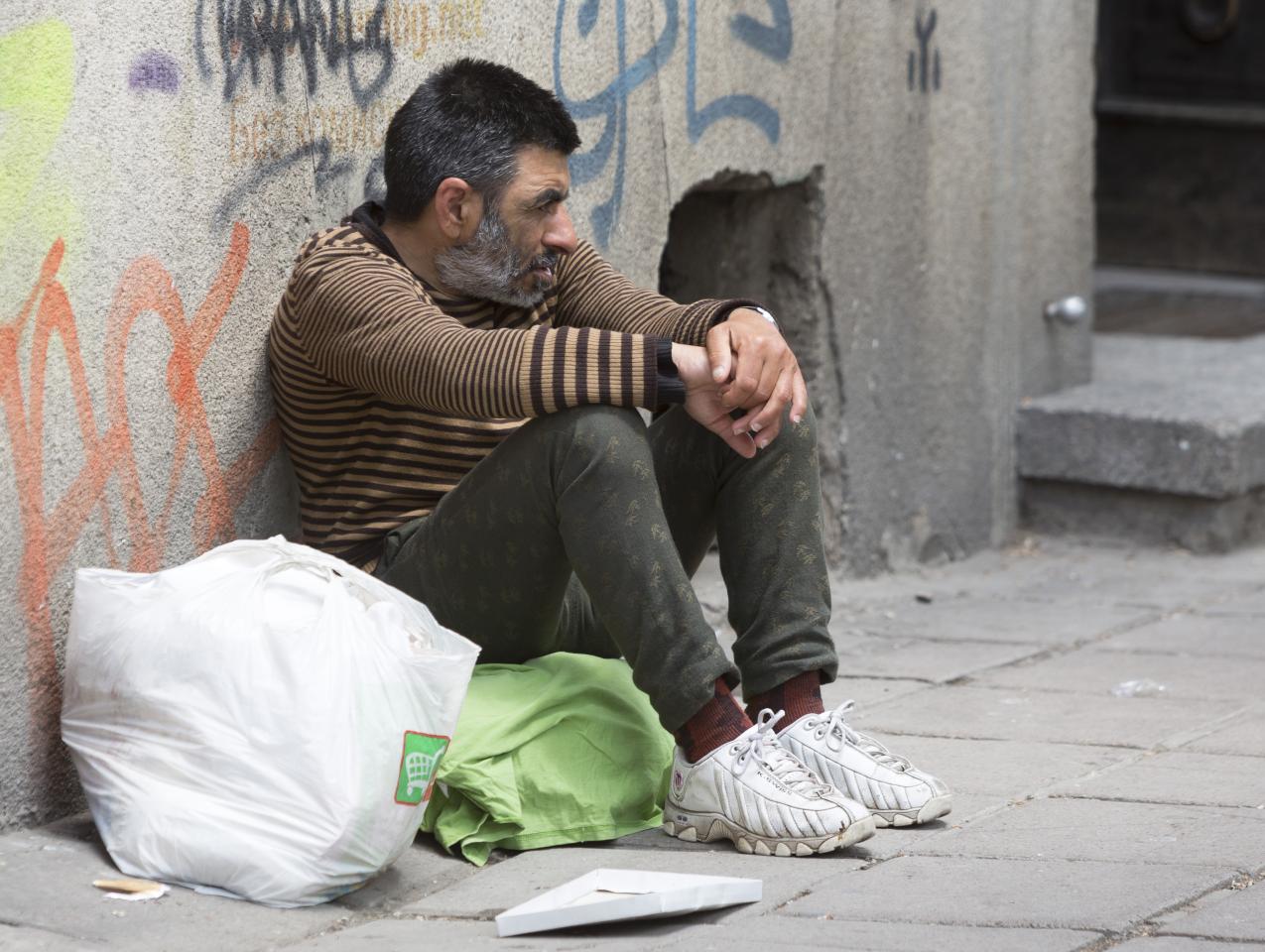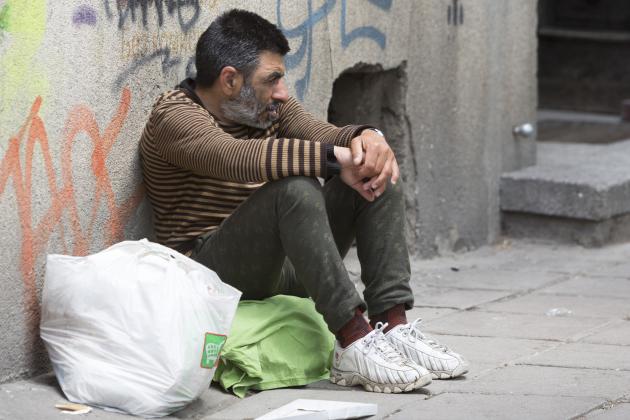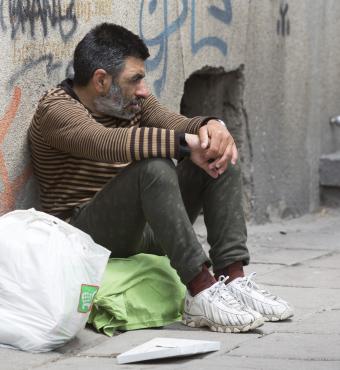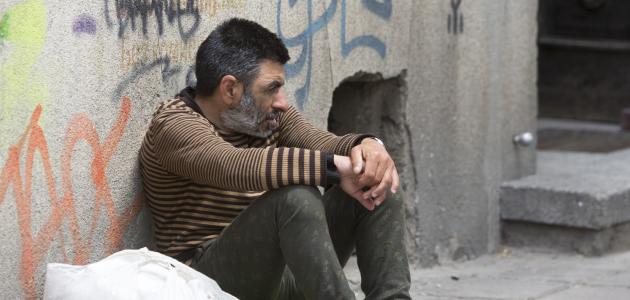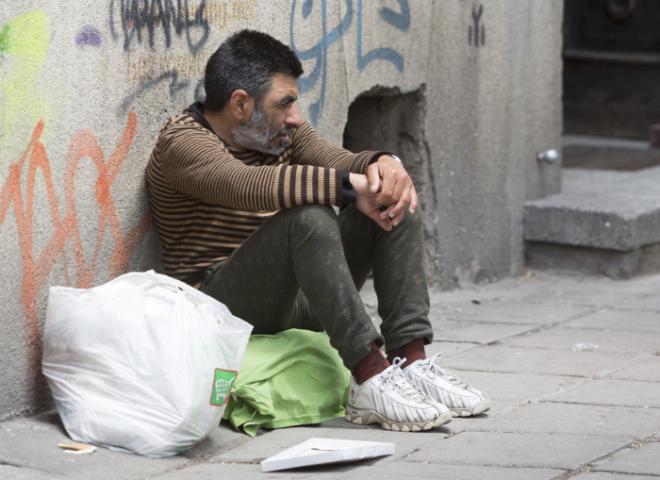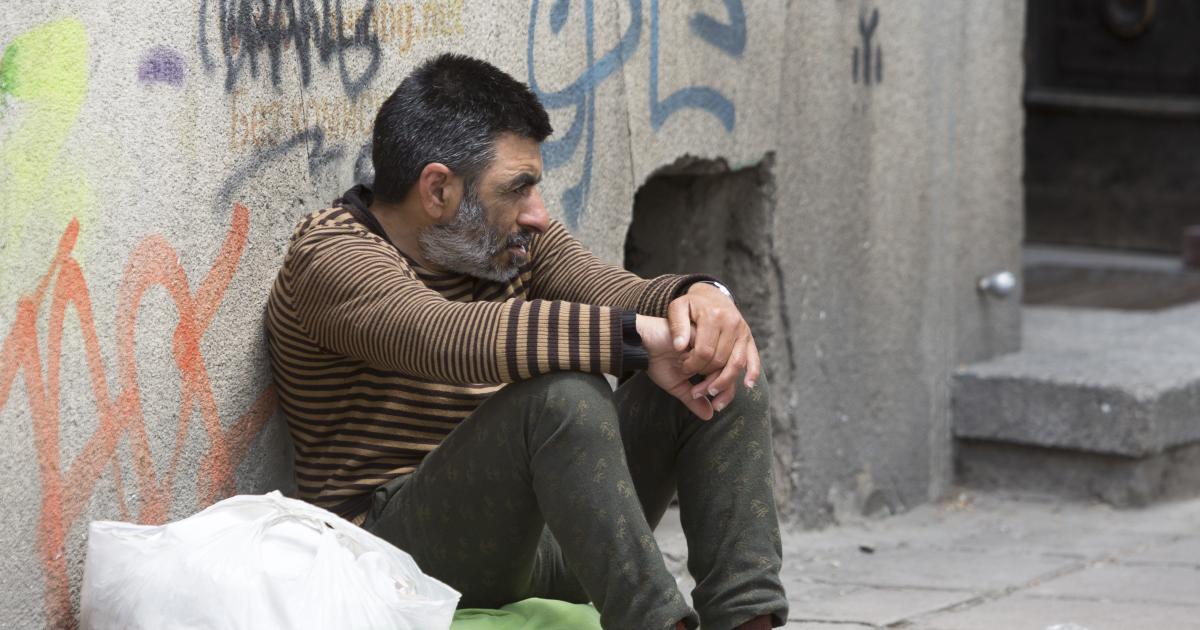- Politics, Institutions, and Public Opinion
- State & Local
- California
The San Francisco Board of Supervisors just approved a plan to build a homeless shelter. The problem is that the location of the shelter is on the city’s waterfront Embarcadero, which happens to be the most expensive neighborhood in San Francisco, where home sales have averaged nearly $1,200 per square foot. The ground leasing rights for the city’s Ferry Building, just down the street and on a similar size parcel, sold for $291 million earlier this year. You are correct if you are thinking that San Francisco’s decision to build a homeless shelter in this location makes no economic sense. This decision is just the latest in a long line of San Francisco homelessness policies that are enormously costly and that unintentionally perpetuate the very problem that they are supposed to solve.
Why did the city choose this location? One reason is because many homeless already are in the neighborhood. Paradoxically, this will be good news for residents in other neighborhoods, as more homeless will move to the Embarcadero from other locations in the city—the new shelter may draw even more homeless into San Francisco.
This decision represents an ineffective, expensive, and economically flawed approach to homeless policies in which it is assumed without question that homeless people in San Francisco must remain in San Francisco.
This same line of thinking is also seen in a recent report commissioned by the Bay Area Council that concluded that over $16 billion would be needed to house and provide ongoing treatment for the San Francisco Bay Area’s homeless population.
San Francisco’s homeless problem worsens each year and is creating a public health crisis. Roughly two million used hypodermic needles each year litter city streets and sidewalks. San Francisco streets are regarded as dirtier than those in extremely poor countries such as Kenya. The city’s tourism industry is being negatively affected, which includes the loss of a major annual medical convention that would have generated $40 million in incomes for San Francisco businesses and workers.
The obvious economic issue is that not everyone who wants to live in San Francisco can feasibly live in San Francisco. This reality works through the housing market, in which the forces of limited supply and very high demand allocate San Francisco’s housing stock through extremely high prices. In principle, those who can’t afford to live in San Francisco will move to another location and consume less expensive housing. From this perspective, housing is no different from any other good or service traded within the marketplace.
But this natural process of supply and demand is not occurring with many of the homeless, particularly those who suffer with substance abuse and mental health issues and who chronically live on the city streets. And here you can see the significant flaw in San Francisco’s approach to homelessness. The city’s policy seems to be that the homeless should unconditionally remain in San Francisco. The city’s policies are not safety net policies, but rather have become a de facto transfer of property rights of parts of the city to the homeless. This approach, combined with the city’s remarkable tolerance for drug abuse and its behavioral consequences, is perpetuating the chronic and debilitating problems of homelessness.
There is a better, less expensive, and more humane policy than what San Francisco is pursuing. First, it makes no sense to use the most expensive land in the most expensive city in the state for a homeless shelter. Just imagine what San Francisco’s homeless budget of roughly $300 million per year—not counting the construction of the newest shelter—could buy in a lower cost-of-living location, such as California’s Central Valley. The cost of decent housing in major Central Valley cities such as Fresno and Stockton is less than 10 percent of that in San Francisco’s Embarcadero neighborhood. This means that for every homeless person housed in San Francisco, roughly eleven could be housed in lower cost locations.
This approach, however, would require the city to take legal conservatorship over those homeless persons who would refuse to move. It would also require coordination with a statewide homelessness policy that focuses on providing humane treatment to those with mental illness and substance abuse and which makes the most out of resources for this purpose by locating treatment facilities in lower cost-of-living areas.
This could make an enormous difference. Whereas many homeless advocates estimate that only 25 percent of the homeless suffer from mental illness and substance abuse, these estimates are typically from self-reported surveys of the homeless. In contrast, more reliable findings indicate that about 50 percent of the homeless suffer from mental health and substance abuse issues.
Locating new housing and treatment outside of the most expensive locations on the California coast will also likely face less resistance from existing residents, as many interior locations in the state remain depressed more than ten years after the financial crisis and these investments would improve local economies.
Developing this new approach for treating the chronic homeless who need medical treatment will allow the city to refocus homeless policies within San Francisco to provide an adequate safety net for those who need temporary support and shelter in order to move forward. This would improve the efficiency of shelters within the city that struggle with treating both the chronic homeless with mental health and substance abuse issues and the temporary homeless who have lost housing due to a very different set of circumstances.
An important reason why homelessness policies in San Francisco and in other expensive cities have failed is that they have not recognized the very difficult economic realities of trying to locate homeless treatment in the most expensive neighborhoods. Moving the homeless who need medical treatment for substance abuse and mental illness to lower-cost-of-living locations frees up resources that can be used to improve the lives of the homeless and to enhance public health, safety, and economic activity within the city. Status quo policies have done little to move the needle for decades. It is time to try something new.







